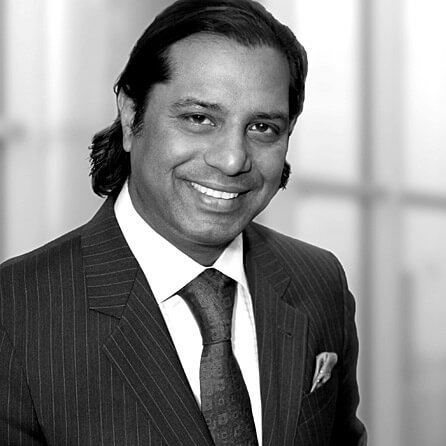The Dancing Doc
The Seriousness of Intent in Surgery
Surgery– simply put, the amelioration of disease by the operation of the hand. Proper surgeries are the result of thoughtful planning and the application of meticulous technique. Like all skilled tasks, surgery requires planning, execution, focus and determination to see the job to it’s successful conclusion. In many instances, a surgery may be viewed as the management of a continuous series of small crises until the final goal is achieved. Controlling a small bleeder, securing/positioning a medical device or precisely approximating the edges of an incision all require attention to detail and the attendant concentration.
Just as important as the surgery itself are the pre-surgical consultation and the important decision of the very nature of the procedure contemplated and whether it is appropriate to apply in a given case. Surgery is serious business. As one my Professors used to quip — there are no minor surgeries, just minor surgeons.
Recently, the internet has delivered to our attention the the shocking spectacle of the dancing doctor. Myself and many of my surgical colleagues viewed the self published videos of the dancing doctor with a mixture of incredulity and awe — the proverbial rubber necking of a horrible road side car wreck. Had surgeries been demoted to such a casual affairs that such frivolities could invade the sanctity of the operating room!
While it is not uncommon for surgeons and the OR staff to listen to music during the conduct of an operation, the choice of music follows the cadence of the procedure. Critical portions of the operation that demand the utmost concentration of the surgeon and coordination of the OR staff are usually performed in silence or with mellower tunes in the background. Less critical portions, such as suturing an incision, may invite more upbeat tunes as this task usually signals the conclusion of the surgery. Operations performed late at night or in the wee morning hours are sometimes accompanied by upbeat tunes as a team morale booster to help weary high performance athletes, the surgical team, get across the finish line.
To those unfamiliar with the OR setting, the introduction of music in such a serious setting may be strange, but it plays an important role in promoting optimal performance in the operating room. In fact, the Association of Operating Room Nurses (AORN) has their own music mix which can be found on Spotify.
While music in the OR is widely accepted, dancing is certainly not. The wild machinations and cavorting around an unconscious patient that we witnessed on Youtube, or expositional news clips, is far outside the norm of professional conduct and behavior. As surgeons, our patients trust their awake or unconscious selves to our care and we are obliged to accord them the highest dignity and respect. Prancing around an anesthetized patient who is reduced to a mere prop in a self promotional video is both undignified, depersonalizing, and ultimately degrading.
I felt it important to reassure the public at large, and our clients in particular, that all professionals frown on the behavior publicly exhibited by the dancing doctor. The Public at large may rest assured that all healthcare professionals condemn such behavior and patient mistreatment in any form.
The above blog(s) are the opinions of P. Pravin Reddy, MD. The blogs are meant to educate and answer commonly posed questions. Dr. Reddy is a Diplomate of the American Board of Plastic Surgery.

P. Pravin Reddy, MD is a Board Certified Plastic & Reconstructive Surgeon and a member of the American Society of Plastic Surgeons.